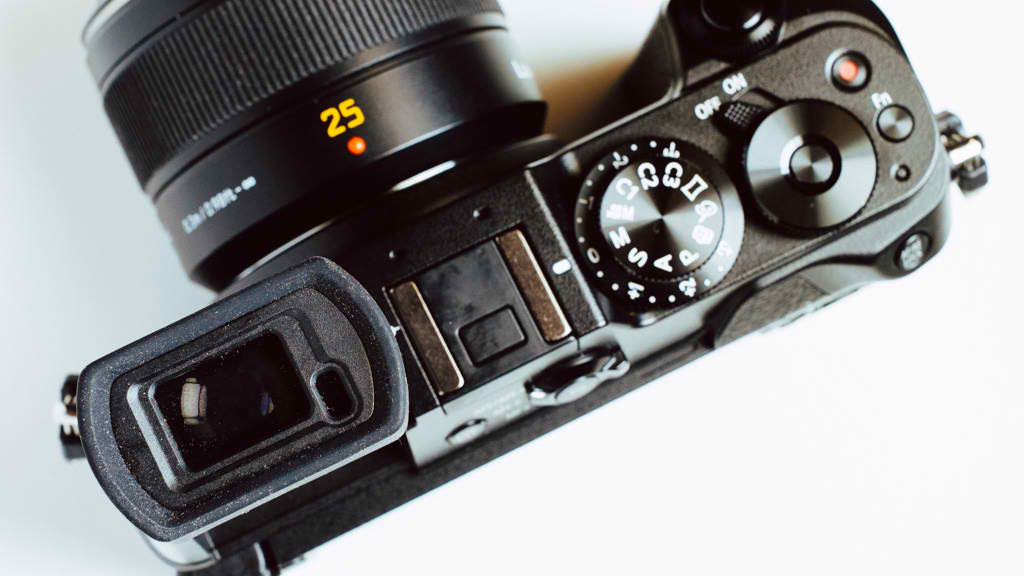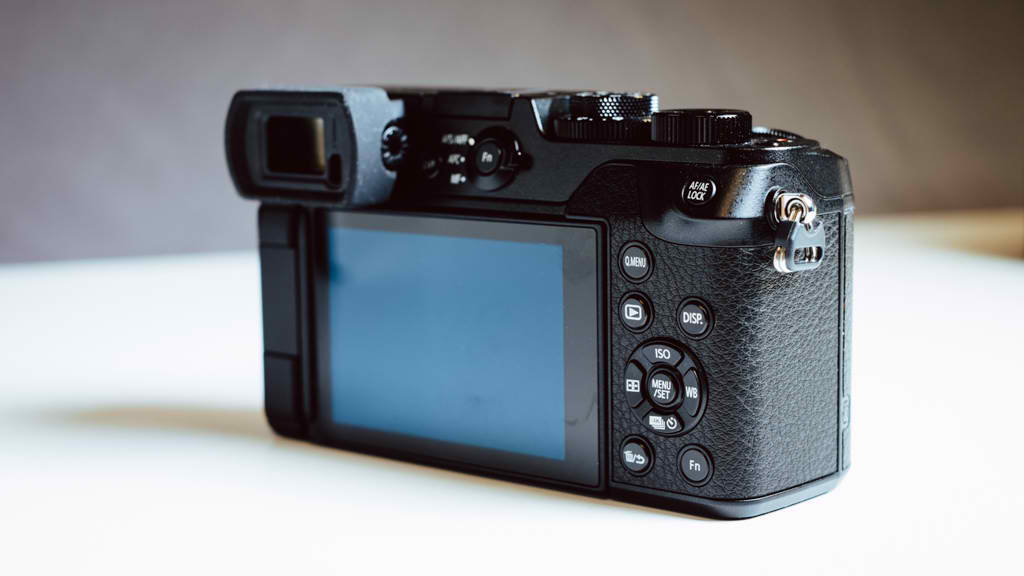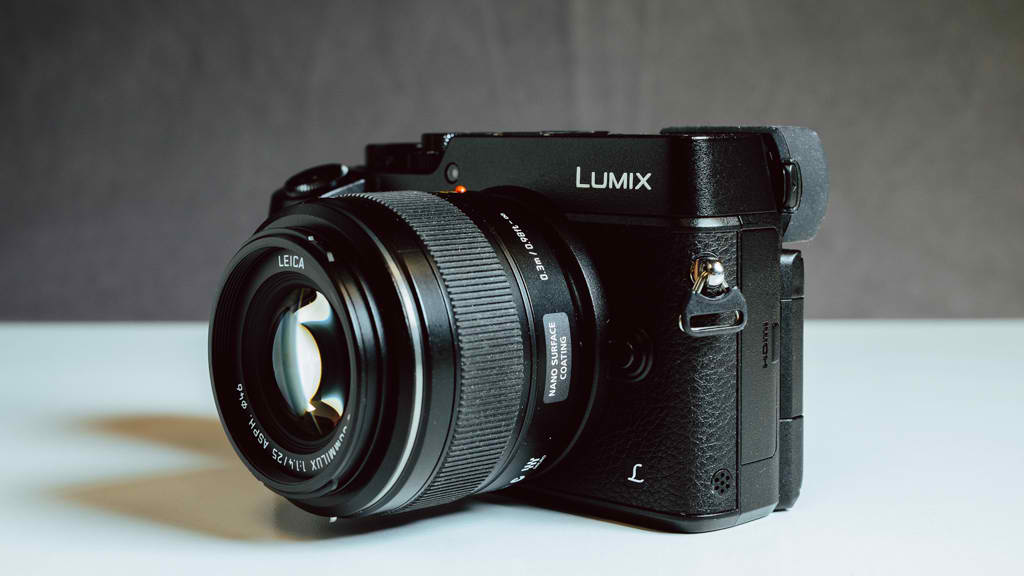The latest flagship LUMIX camera from Panasonic is one of the most hotly anticipated Micro Four Thirds cameras in years. Sure, Panasonic and Olympus have given us plenty of great cameras in the past few years but the sensor has largely remained the same 16-megapixel workhorse since 2011. With it’s release later this month, the Panasonic GX8 will be the first to feature a brand new 20.3-megapixel sensor. The jump to 20MP isn’t really a world breaking difference but it is a nice boost and improvement to an already excellent system.
The GX8 retains the GX7’s great rangefinder looks but is now significantly larger and chunkier than its predecessor. The overall dimensions are closer to that of the Fujifilm X-Pro1 so there’s a lot more to grip onto. The magnesium alloy body feels solid and well made as does the leatherette texture surrounding it. Panasonic also says the body is now dust and splash proof.
It’s bigger but the ergonomics are nice. It feels substantial but comfortable to hold. It’s a nice balance for people missing the comfort and stability of a DSLR but love the weight savings. Even with the bigger body, though, they couldn’t find room for a built-in flash.
Also kept from the GX7 is the articulated EVF although this time around, it’s been upgraded to a 2.36M dot OLED display with a 0.77x magnification, similar to that of the Fujifilm X-T1.
New to the top of the camera is a dedicated exposure compensation dial located under the mode dial that allows you to select up to +-3 stops.
The tilting LCD on the back of the GX7 has been replaced with a fully articulated model. I can’t stress enough how it boggles my mind that this feature isn’t on every single camera in 2015. It’s one of the most useful things to happen to digital camera and it’s been around for more than a decade. I wouldn’t buy a camera that didn’t have an EVF but for all those low or high or awkward angle shots, there’s nothing better than a fully articulated LCD.
The plethora of buttons and dials on the rear of the GX8 are mostly standard and there are eight customizable physical function buttons in addition to five “soft” buttons that you can customize on the touchscreen LCD.
Other than the new sensor, the most dramatic change to the GX-line is probably Dual IS. While the GX7 had in-body stabilization already, the GX8 allows the IBIS to work with the stabilization in certain lenses to increase the amount of camera shake that it can compensate for. Not all stabilized lenses work with this feature and others require a current or future firmware update. Panasonic says that all but three stabilized lenses will be compatible by early 2016.

We didn’t have the GX8 for very long but can safely say that image quality is excellent. Noise is very well handled at mid- to high-ISO and there’s lots of detail retained in the shadows.
The GX8‘s Dual IS works but doesn’t seem to be as effective as Olympus’ 5-axis IBIS. I don’t have them side-by-side but my first impression with the E-M5 II was rock solid. I remember shooting a press conference with it using an old adapted Pentax 135mm F3.5 M42 lens and hand-holding a 270mm full-frame equivalent was no problem. With the GX8, it’s mostly steady but moving doesn’t seem quite as smooth.
The GX8 does have a hand up on the E-M5 II when it comes to video, though, as the Olympus has significant moire and banding issues while the Panasonic looks rather clean and shoots up to 4K.
We’ll have more on the GX8 when it’s officially in stores later this month. You can pre-order yours today at bccamera.com.








